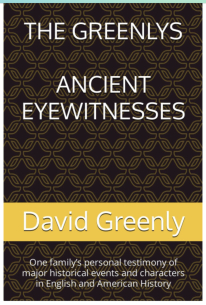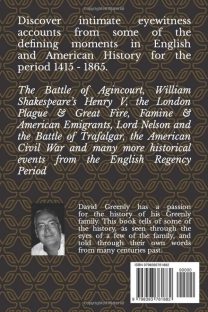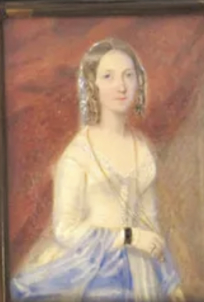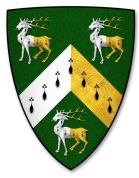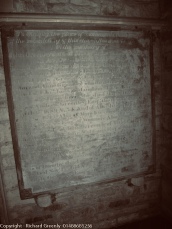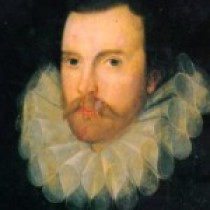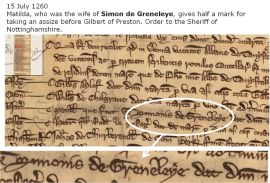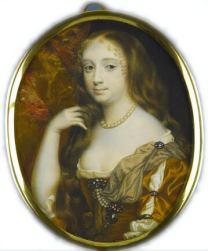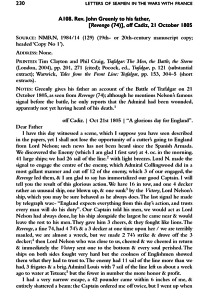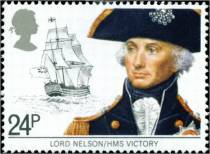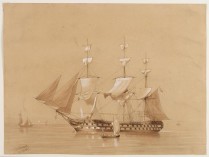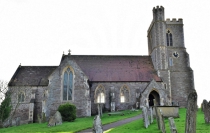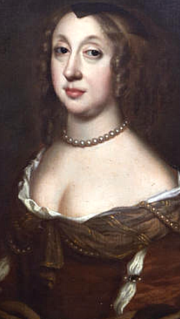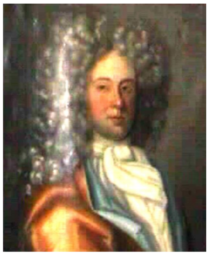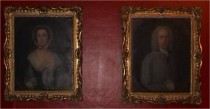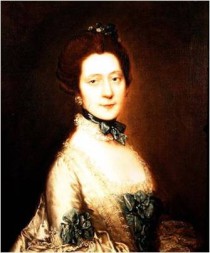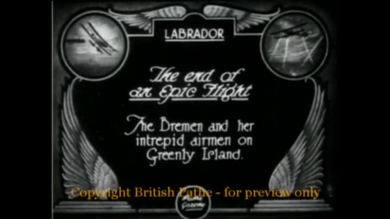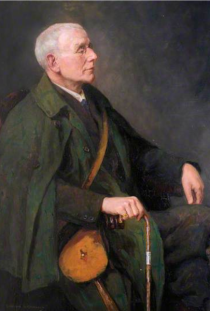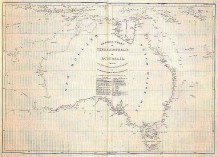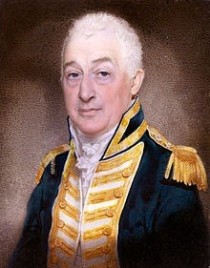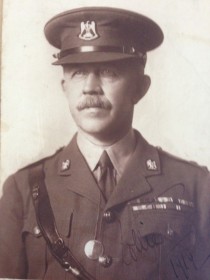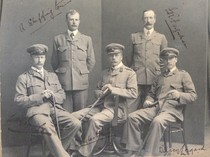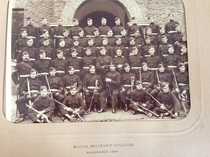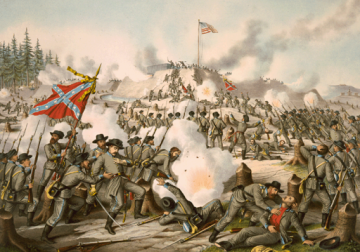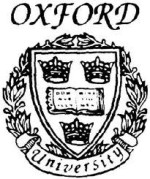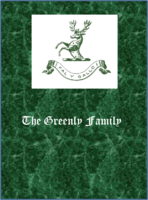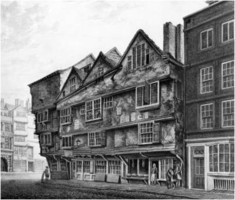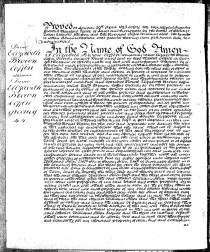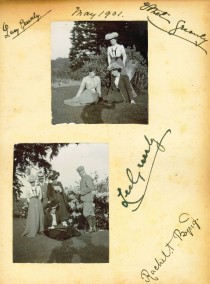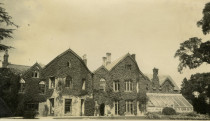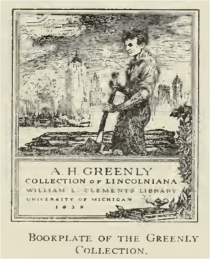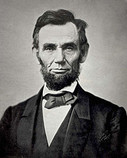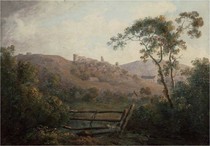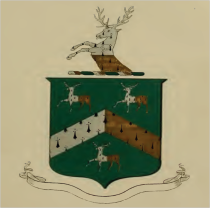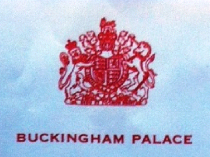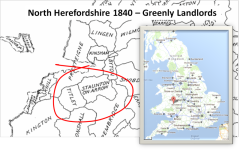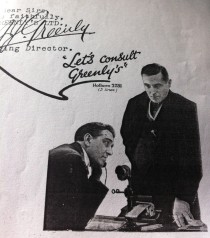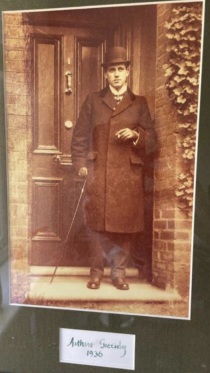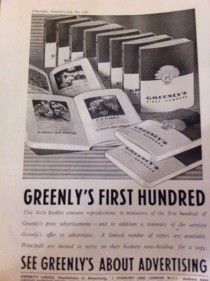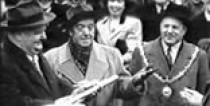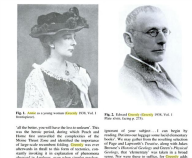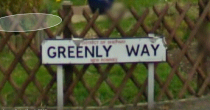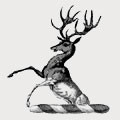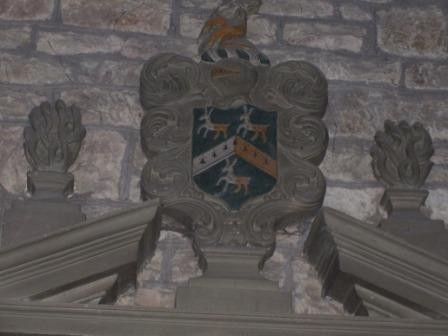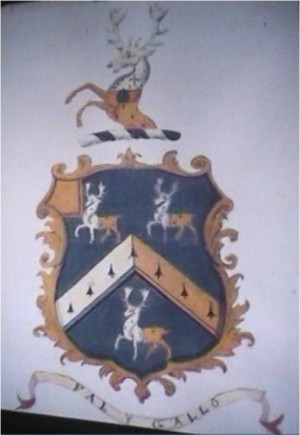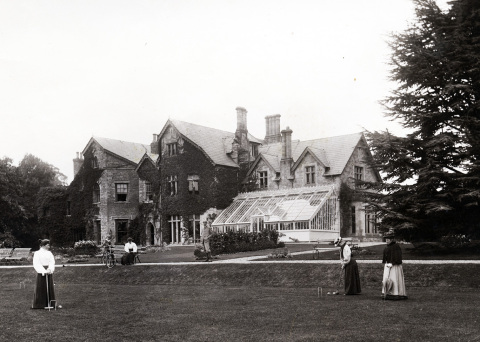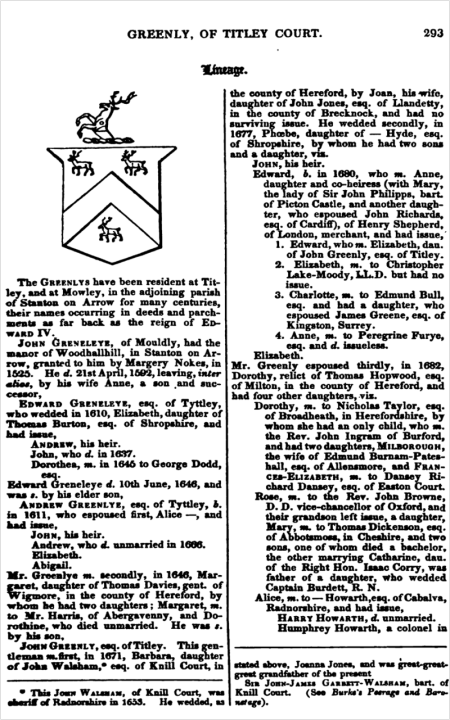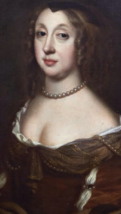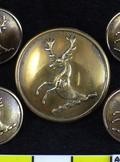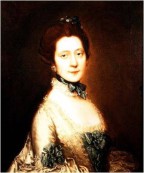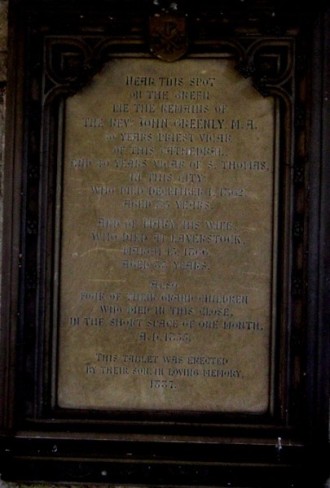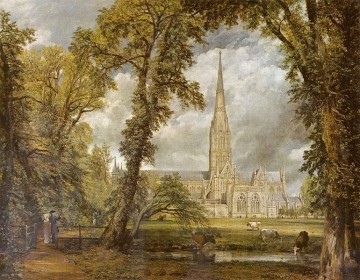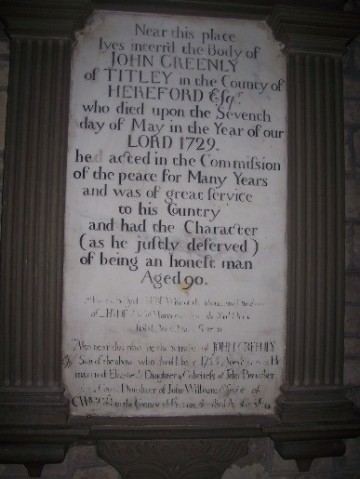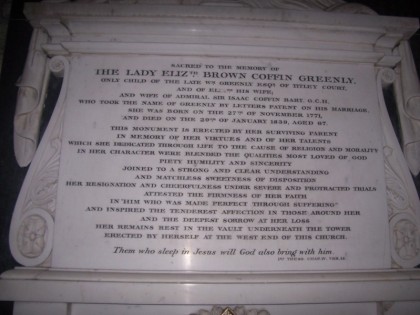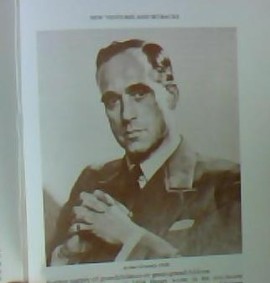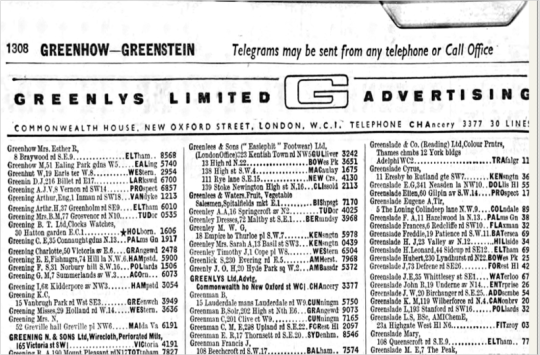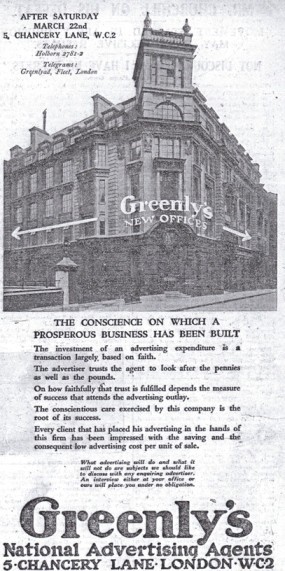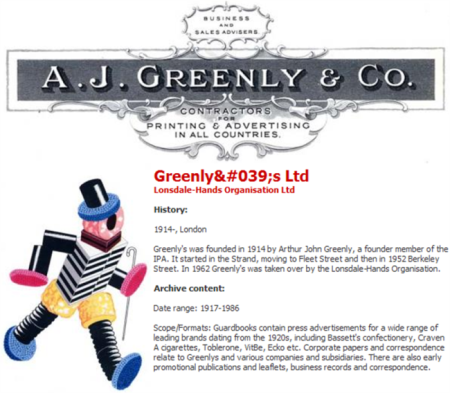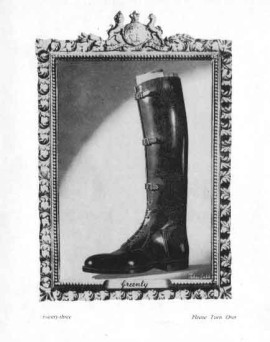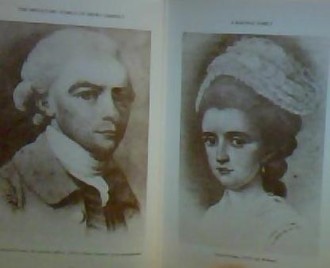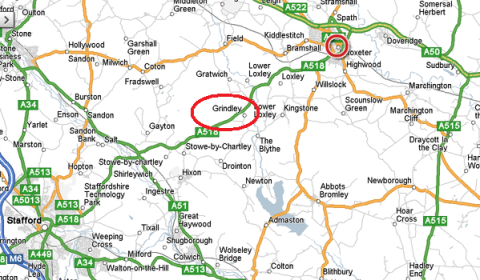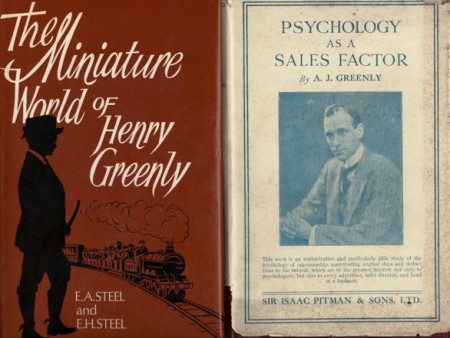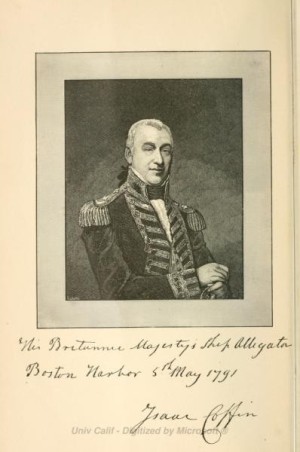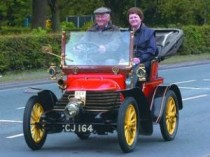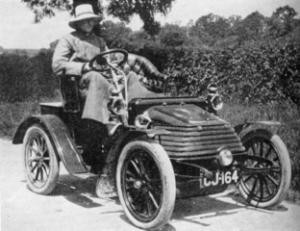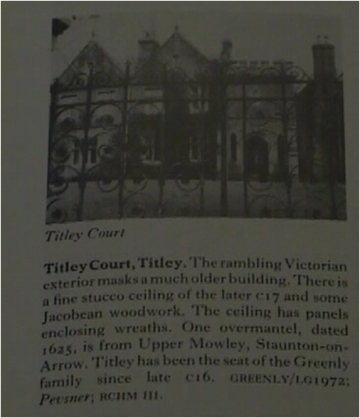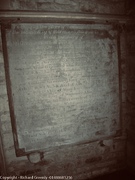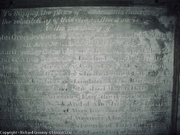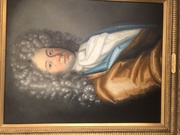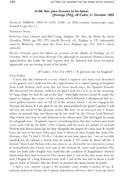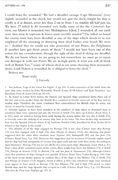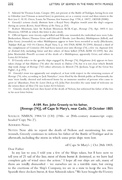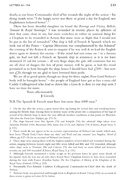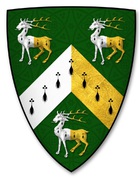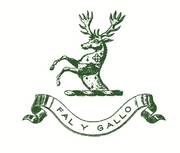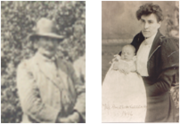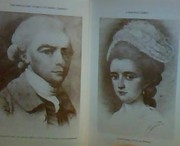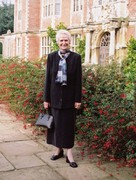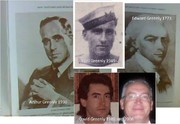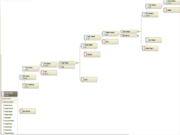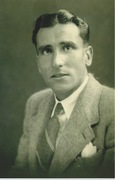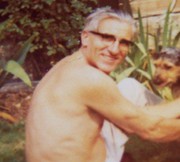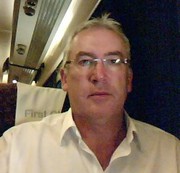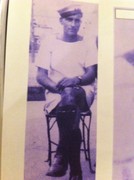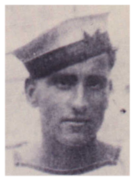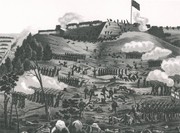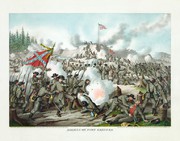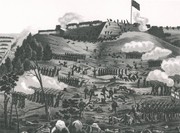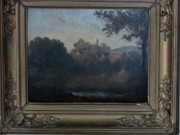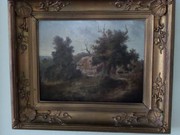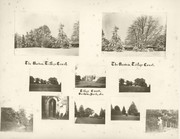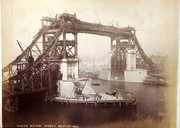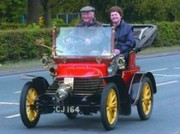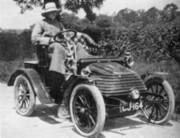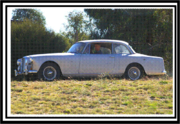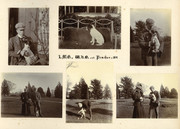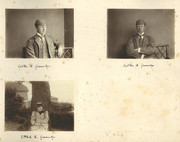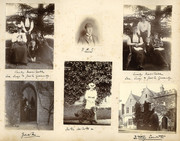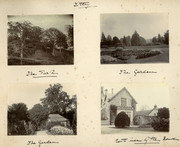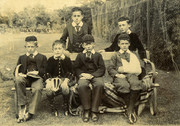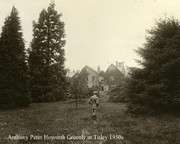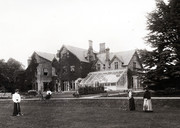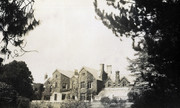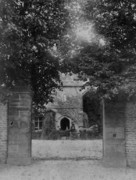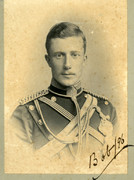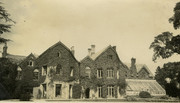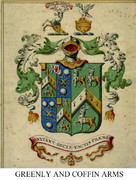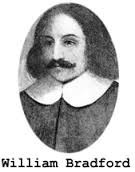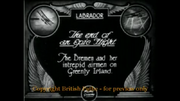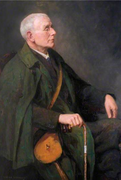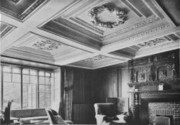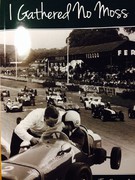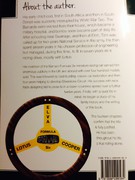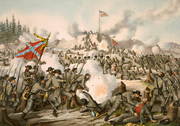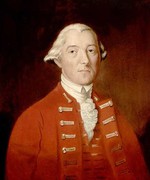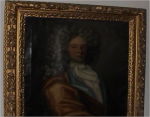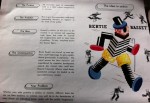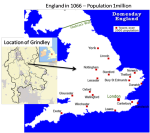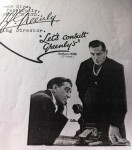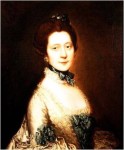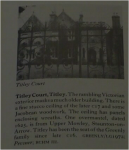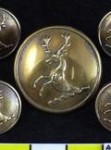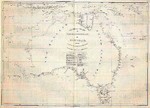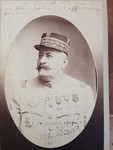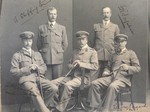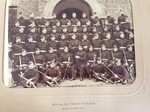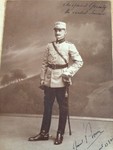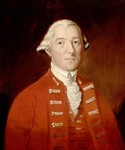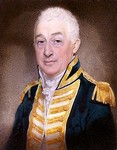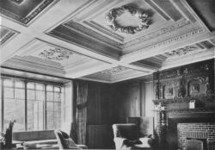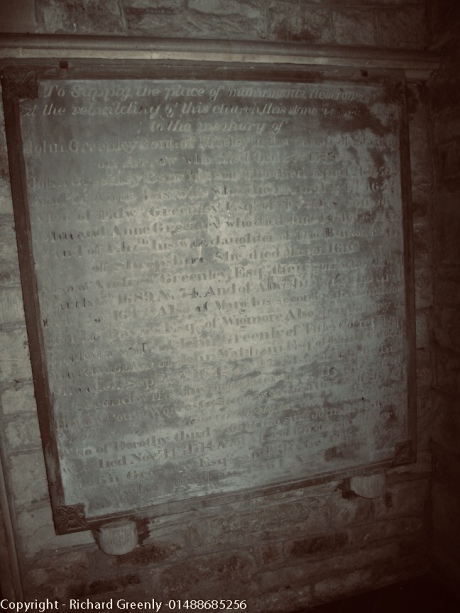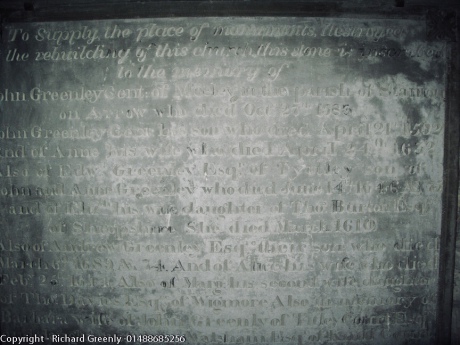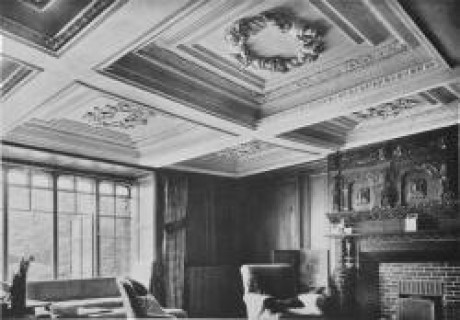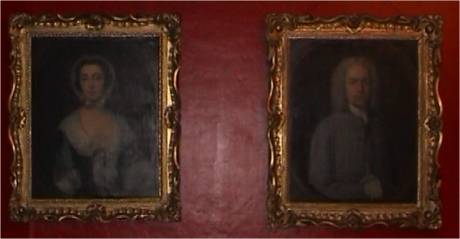Some amazing images to bring the story alive ...
The Greenly Stagg
The Greenly Family Crest is based on Staggs.
The Crest was used to ensure that the King could identify which of his Lords had attended the battle as they would be very visible by their distinctive colours and images.
The Greenly Familiy moto is FAL Y GALLO which is ancient english and means "AS I CAN".
Lady Elizabeth Greenly of Titley Court
Lady Elizabeth was married to Lord Admiral Sir Isaac Coffin Greenly who was a pall bearer at Lord Nelsons funeral in 1805.
John Jervis, who was a Captain in the Royal Fleet discovered South Australia.
When he claimed lands for the King of England he named several landings points after Lord Greenly; e.g. Greenly Island.
John Greenly who served in the Battle of Trafalgar
More on John later but he was one of a select band of English men who served at the battle of trafalagar.
John's memorial is in Salisbury Cathedral where he lived in the Cathedral Close and was the headmaster of the first Grammar School which he ran from his own home.
John Constable the painter stayed with John and his family while he painted Salisbury Cathedral.
Reverend Charles Greenly, Hereford
Sons
Reverend John Greenly (Battle of Trafalgar fame)?
Dr Charles H Greenly (b 1805 Swansea) married Harriet (b1819 Gloucester)
Son
Edward Greenly (Famous Geologist) (b 1861 – d 1951) married Annie Barnard in 1891 (b ? d 1927)
In the 1851 census Charles is married to Frances – and living in Bristol
In the 1861 census Charles is married to Harriet – and living in Bristol
In the 1871 census Charles, Harriet and Edward (aged 10) are living in Bristol
In the 1891 census, Edward is only living at the home in Bristol.
From the Greenly family church in Titley. Plaque above Altar.
Near this place lyes interrd the body of John GREENLY of Titley in the County of Hereford
who died upon seventh day of May in the year of our Lord 1729
He acted in the commission of the peace for many years and was of great service to his Country and had character (as he justly deserved) of being an honest man.
Also the body of Phebe wife of the above and daughter of (?) HYDE of Worcester.
She died October 1681
Also near this place lie the remains of John GREENLY son of the above who died May 5 1753, aged 76
He married Elizabeth daughter and coheiress of John BOUCHER and granddaughter of John WILLIAMS of Cwmbh in the county of Brecon. She died in 1773 aged 44.
-----------------------------------------------------------------
Beneath the tower at the west end of this church lie the remains of William GREENLY of Titley Court in the county of Hereford, whose uprightness as a Magistrate and kindness as a friend and a neighbour and piety and benevolence as a Christian during the course of his long life endeared him to all who knew him. He died January 7th 1834 aged 93
Also in the same vault lies the remains of Elizabeth relict of the above William GREENLY.
She was born April 15th 1751 and died February 8th 1843 in the 92nd year of her age.
---------------------------------------------------------------------
Sacred to the memory of the Lady Elizabeth Brown Coffin GREENLY,
only child of the late William GREENLY esq. of Titley Court and of Elizabeth his wife; and wife of Admiral Sir Isaac COFFIN Bart G.C.H. who took the name of GREENLY by letters patent on his marriage.
She was born on the 27th November 1771 and died on the 29th January 1839 aged 67.
This monument is erected by her surviving parent in memory of her virtues and of her talents which she dedicated through life to the cause of religion and morality. In her character were blended the qualities most loved of God - Piety, Humility and Sincerity joined to a clear understanding and matchless sweetness of disposition.
Her resignation and cheerfulness under severe and protracted trials attested the firmness of her faith in "him who was made perfect through suffering" and inspired the tenderest affection in those around her and the deepest sorrow at her loss.
Her remains rest in the vault underneath the tower erected by herself at the west end of this church.
Greenly Boot - named after Major-General W.H.O Greenly
Previously used almost exclusively by the Royal Artillery, this boot was made for many other regiments when war broke out in 1939. The three straps fasten the leg over a folded "bellows" tongue, a piece of whalebone being sewn into the front of the boot to prevent gaping. These straps, together with the laced throat, enable the boot to be put on or taken off quickly and easily. For the man with a large calf its advantages are obvious. As the boot may be used for marching the sole is made slightly curved from the back to front to give increased comfort on long marches. For the civilian it makes a workmanlike field boot for either riding or walking. Brown Grain Calf is the leather used which, although slightly greasy, will take a high polish.
Henry was a famous railway engineer and has connections with Chitty, Chitty Bang Bang, and, Laurel and Hardy who rode on one of his minature railways in Dimchurch, Sussex.
Arthur wrote this important book which was the first to make an association with how 'feelings' affect the sales process and how pictures in advertising play an important role in this.
His advertising agency, one of the first in England, was also the first to use images in news paper adverts.
Greenly's first one hundred illustrations was printed as a book The First Hundred.
CJ 164
The Wolseley 6 – a single cylinder, two-seater vehicle dating back to 1904. It is in full working order and capable of 29mph.
It was registered to a Mr Edward Howarth Greenly, High Sheriff of Hereford, of Titley Court in 1904.
Photograph is of Colonel Sir John Henry Maitland 'Jack’ Greenly, at the wheel of the Wolseley 6.
The exact date is unknown, but it is thought the evocative picture was taken in Titley, near the old post office, in 1906.
The Wolseley 6 was one of the first automobiles produced by the Frederick Wolseley company around the time that designer Herbert Austin, who went on to found the Austin Motor Company, was manager of the Birmingham based firm.
Hover over an image for a description or click on an image to run a slide show
